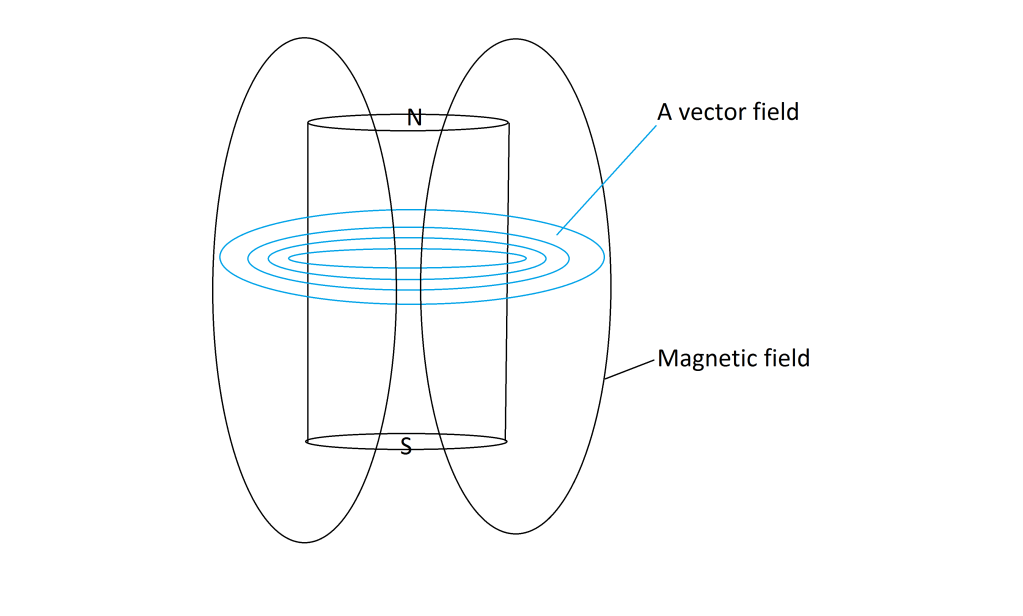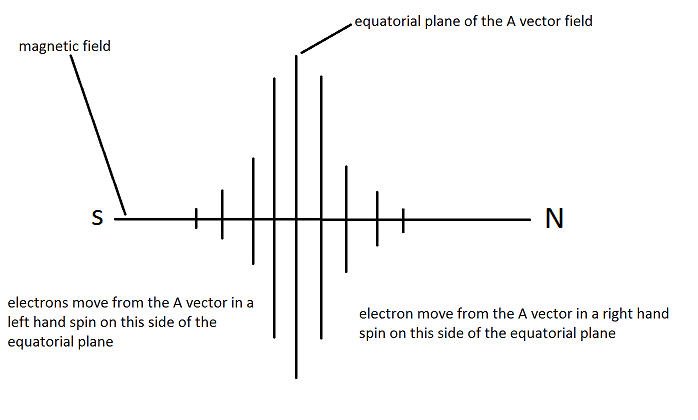Here's the A vector field of a magnet or coil- the primary in Don's device

Here's how the A vector field couples with the magnetic field- and in Don's device the secondary

Dave

Here's how the A vector field couples with the magnetic field- and in Don's device the secondary

Dave




Comment